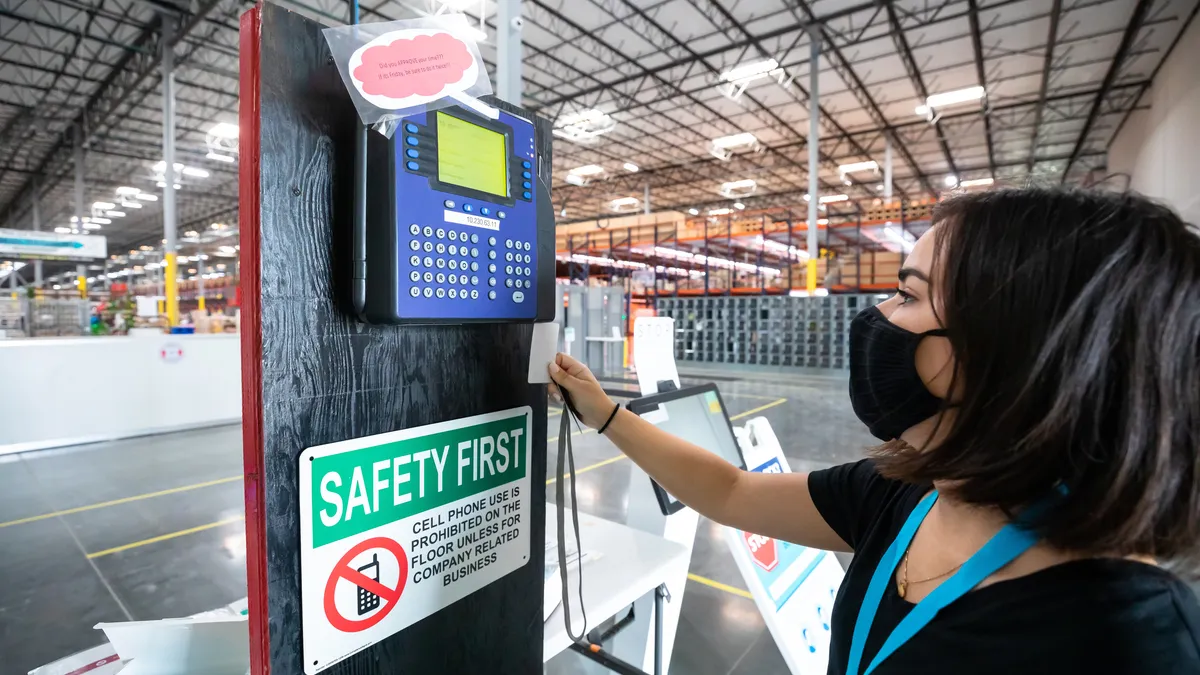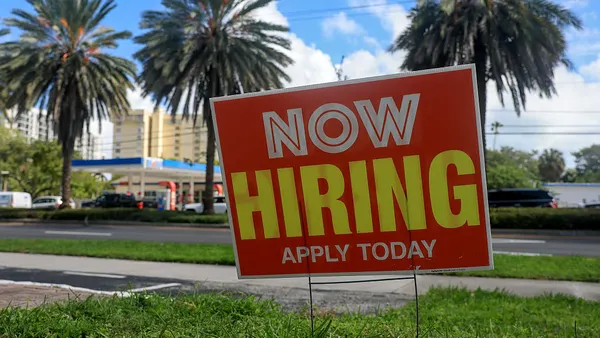Dive Brief:
- To avoid layoffs, 3 in 4 companies offered voluntary separations in 2022, according to a December survey by ResumeBuilder and Pollfish of 1,000 U.S. executives, business owners, senior managers and HR professionals. A vast majority of respondents said their decision to do so was influenced by Elon Musk’s policies at Twitter.
- Almost half (49%) of businesses based their criteria for offering voluntary separation on employees closest to retirement age; 40% said they based it on the highest paid employees. However, 89% of companies that offered separation agreements said they offered a higher salary to a high-performing employee who desired separation in exchange for them staying.
- “Voluntary separation is a great way for companies to quickly reduce their highest cost, labor, without having to lay off a part of their workforce,” said ResumeBuilder Chief Career Advisor Stacie Haller. “Employees who are ‘quietly quitting’ will be the ones most likely to leave and at some point, the company will replace them with hopefully more engaged employees.”
Dive Insight:
While voluntary separations offer advantages, such as helping a business reduce costs and avoid layoffs, the decision doesn’t come easily, the survey suggests. Almost 7 in 10 (68%) of respondents said they were concerned that offering separation agreements next year would cause them to lose top-performing employees; 67% believe they’ll risk discrimination claims from employees who are not chosen to receive the agreement.
Despite these risks, 53% of businesses said they needed at least 1 in 5 workers to quit to avoid layoffs. However, for employers in “crisis mode,” there are alternatives, HR consultancy McLean & Company recently suggested.
Instead of laying employees off, employers should consider transferring them to areas of need, which will better position the organization to return to normal once it’s no longer in crisis mode, McLean’s vice president of HR research said in a statement. Transferring them, instead of laying them off, also decreases the likelihood of damaging the employee’s brand, she said.
HR professionals can learn from the arguable missteps media companies like CNN, Buzzfeed and The Washington Post made in announcing their layoffs. Most important, leaders need to be transparent about their decisions, a DEI consultant recently told HR Dive. People managers should be upfront about what is happening, why it’s happening and how it will impact each person, including being upfront about what they’re not sure of yet, the consultant said.
There’s also evidence the work that some HR professionals did during the recent tight labor market to attract talent may be helping them retain employees now, even with widespread concern about layoffs. Although almost 82% of employees who responded to an Indeed survey released Dec. 14 said their employers had conducted layoffs, 56% reported feeling more satisfied about their job. It’s possible, though, that fears of recession may have also caused some workers to shelve job-hunting plans and consider the benefits of their current roles, other surveys have indicated.
Employers should keep in mind as well that layoffs in a particular industry don’t necessarily create an immediate talent pipeline for specific jobs they need to fill. That is, just because tech companies are laying off employees doesn’t mean they are laying off tech workers, CIO Dive recently reported. The tech sector layoffs also don’t mean employers trying to fill IT jobs can get talent at cheaper rates than before, a Robert Half regional director told CIO Dive. If employers don’t make competitive offers, they’re not going to be able to take talent away from where they are now, he said.










